Travertine, a natural stone renowned for its attractive appearance, durability, and versatility, has been a popular choice among architects and interior designers for years. However, with the emergence of thin travertine, a new wave of possibilities has opened up in the construction industry. This article aims to shed light on the various applications and advantages of thin travertine, emphasizing its contribution to creating visually stunning and cost-effective spaces. 1. Lightweight and Easy to Install: Thin travertine differs from its traditional counterpart due to its reduced thickness ranging from ¼ inch to ¾ inch, offering immense benefits in terms of weight and ease of installation.
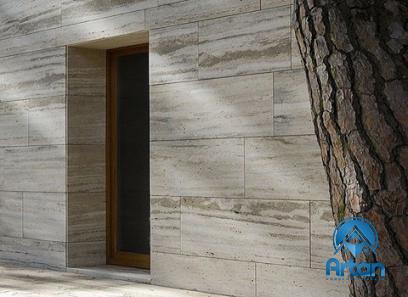
.
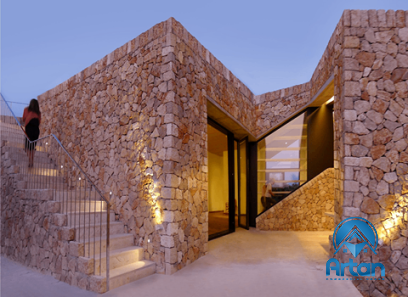 Its slim profile makes it considerably lighter, ensuring easier handling and facilitating installation, especially in areas where weight restrictions apply. This advantage not only streamlines the installation process but also contributes to reduced labor costs and minimized structural requirements. 2. Wide Range of Applications: Thin travertine is highly versatile, making it suitable for both interior and exterior applications. As wall cladding, it adds a touch of elegance and sophistication to any space, whether it be residential, commercial, or hospitality. Thin travertine works wonders in transforming feature walls, fireplaces, and even outdoor facades, instantly elevating the aesthetics of any setting. Additionally, when used as flooring, it enhances the overall ambiance with its natural texture and unique patterns.
Its slim profile makes it considerably lighter, ensuring easier handling and facilitating installation, especially in areas where weight restrictions apply. This advantage not only streamlines the installation process but also contributes to reduced labor costs and minimized structural requirements. 2. Wide Range of Applications: Thin travertine is highly versatile, making it suitable for both interior and exterior applications. As wall cladding, it adds a touch of elegance and sophistication to any space, whether it be residential, commercial, or hospitality. Thin travertine works wonders in transforming feature walls, fireplaces, and even outdoor facades, instantly elevating the aesthetics of any setting. Additionally, when used as flooring, it enhances the overall ambiance with its natural texture and unique patterns.
..
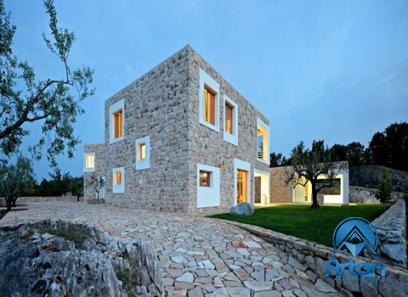 3. Cost-Effective Solution: In comparison to traditional thick travertine, thin travertine offers a more cost-effective solution without compromising on visual appeal or quality. With reduced material costs, associated transportation expenses are also significantly lower. Moreover, its lightweight nature reduces the need for additional structural requirements, further reducing overall construction expenses. 4. Sustainability and Durability: Thin travertine possesses the same durability and longevity as its thicker counterpart. Harvested from natural sources, this stone is an environmentally friendly option. Additionally, travertine’s inherent resistance to wear, weathering, and fading ensures that thin travertine surfaces maintain their beauty for years to come with minimal maintenance.
3. Cost-Effective Solution: In comparison to traditional thick travertine, thin travertine offers a more cost-effective solution without compromising on visual appeal or quality. With reduced material costs, associated transportation expenses are also significantly lower. Moreover, its lightweight nature reduces the need for additional structural requirements, further reducing overall construction expenses. 4. Sustainability and Durability: Thin travertine possesses the same durability and longevity as its thicker counterpart. Harvested from natural sources, this stone is an environmentally friendly option. Additionally, travertine’s inherent resistance to wear, weathering, and fading ensures that thin travertine surfaces maintain their beauty for years to come with minimal maintenance.
…
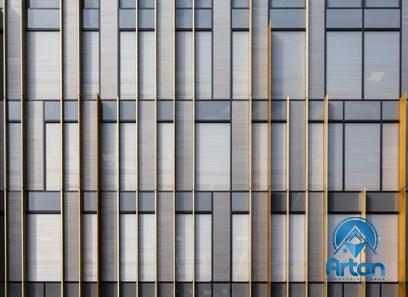 5. Availability of Variety: Thin travertine is available in a wide range of colors, patterns, and finishes, allowing designers and architects the freedom to create unique and customized spaces. Whether it is the classic warmth of earth tones or the modern elegance of gray and white, thin travertine caters to diverse aesthetic preferences. Its finishes, such as polished, honed, or tumbled, add versatility and further enhance the stone’s appeal. Conclusion: Thin travertine is revolutionizing the construction industry, offering a lightweight, cost-effective, and visually striking alternative to traditional thick travertine. Its versatility allows for a wide range of applications, both indoors and outdoors, while its durability and sustainability ensure long-lasting results. As demand continues to rise, architects and designers are increasingly turning to thin travertine to create functional and aesthetically pleasing spaces. With its timeless elegance and remarkable adaptability, thin travertine is indeed a game-changer in the industry.
5. Availability of Variety: Thin travertine is available in a wide range of colors, patterns, and finishes, allowing designers and architects the freedom to create unique and customized spaces. Whether it is the classic warmth of earth tones or the modern elegance of gray and white, thin travertine caters to diverse aesthetic preferences. Its finishes, such as polished, honed, or tumbled, add versatility and further enhance the stone’s appeal. Conclusion: Thin travertine is revolutionizing the construction industry, offering a lightweight, cost-effective, and visually striking alternative to traditional thick travertine. Its versatility allows for a wide range of applications, both indoors and outdoors, while its durability and sustainability ensure long-lasting results. As demand continues to rise, architects and designers are increasingly turning to thin travertine to create functional and aesthetically pleasing spaces. With its timeless elegance and remarkable adaptability, thin travertine is indeed a game-changer in the industry.
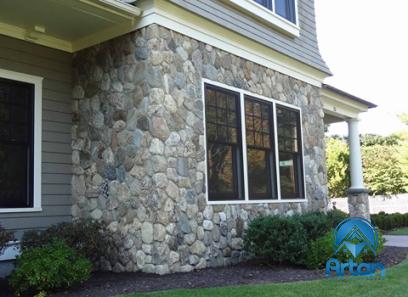
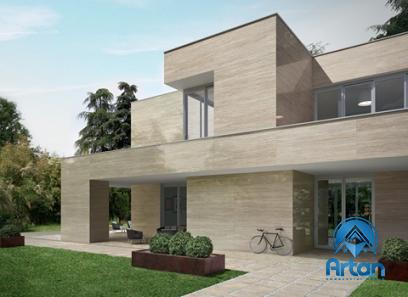
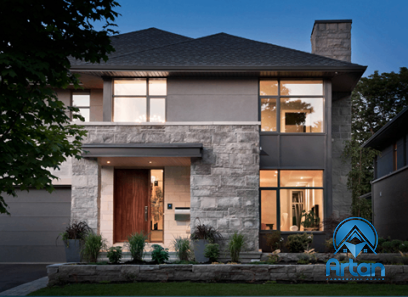

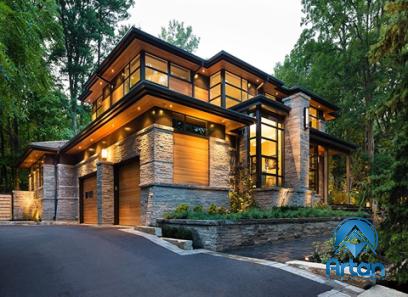
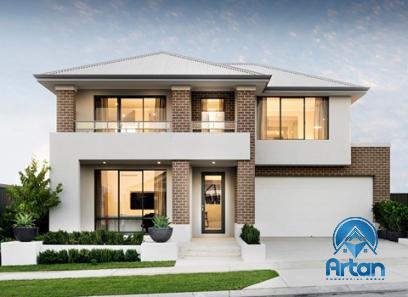
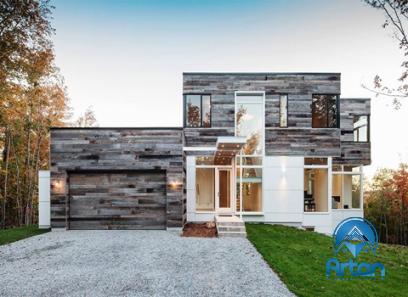
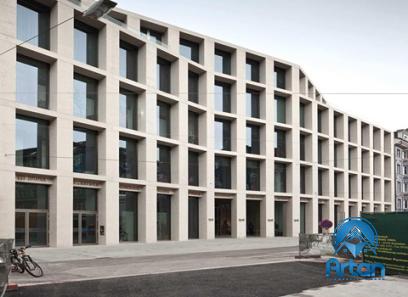
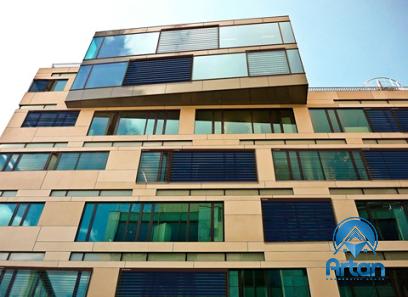
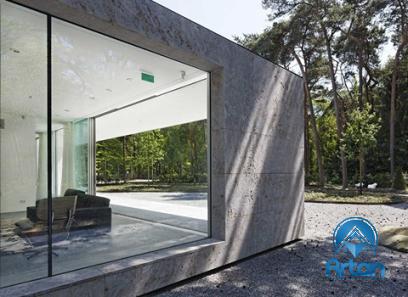
Your comment submitted.